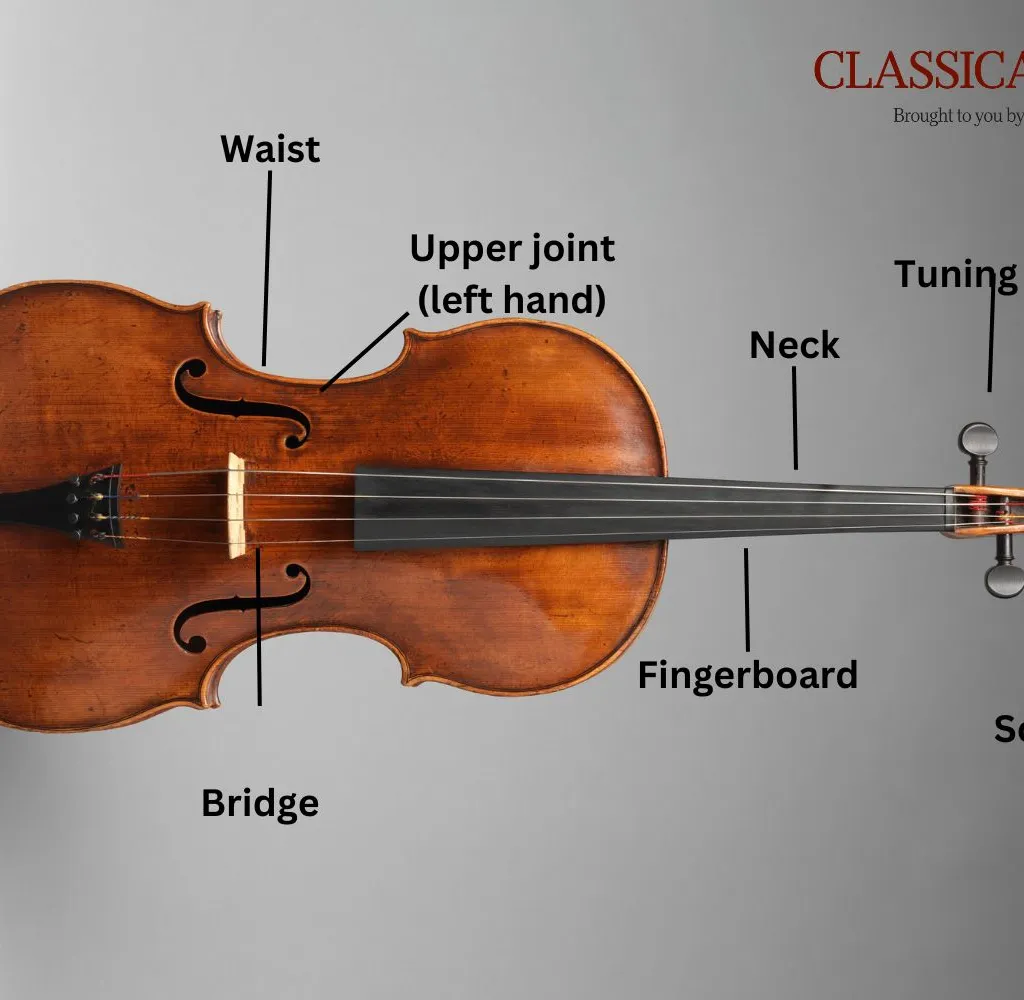Technically, it's a challenging instrument to learn, thanks to its larger size and use of the alto clef. But there's much to enjoy about the viola, with a growing repertoire and plenty of opportunities for ensemble and orchestral playing and performance. Here, we introduce you to the viola and everything you need to know about the instrument if you're interested in taking it up as a beginner.
What is a viola?
The viola is a larger, lower-pitched instrument than the violin. It's really helpful if violinists play the viola, so one year's intensive study at Grade 5 or 6 is recommended.
What is the best age to start playing the viola?
Most children start on a 3/4-size violin set up as a viola, or a 3/4-size viola. Violas themselves vary in length from 16 to 18 inches.
It's best to not start playing the viola until around nine years old.
What are the challenges for young viola players?
Viola music is written in the C (alto) clef, but it also uses the treble clef. This means there's quite a lot for viola players to think about, even before they've played a note!
The viola needs quite a big physique, which is why it's not recommended for young players under the age of nine. Small players are prone to hand and arm injuries.
How do you play a viola?
The viola is played by drawing a bow across the strings, which causes the strings to vibrate. The hollow wood body of the viola amplifies the string vibrations, which make a sound. The musician changes the notes on the instrument by placing their finger on one of the strings, which shortens the length of the vibrating string and changes the sound.
If you want to look for a teacher, check out our guide explaining what you should look for in a music teacher.
What are the different parts of a viola?
We've created this diagram to introduce you to the different parts of a viola, from its waist to its tuning pegs.
Learn more about the difference between the viola and the violin here.

How to tune a viola
The strings of a viola are tuned to C, G, D and A, which are in intervals of perfect fifths. The best way to tune a viola is using a digital tuner, checking each pitch at a time. It's also important to pitch match each string, so once you've tuned your C string, you can play a C on each other string to make sure they line up.
How to clean a viola
Unlike woodwind instruments, there's no real need to clean your instrument after every use. Periodically though, you should give your viola a rub with a polish cloth, which will remove fingerprints or any dirt that has gathered on it.
If you're using rosin, you might get a build-up, so you should wipe your strings down with a cloth. Every so often, wash your cleaning and polishing cloths and replace with new ones when necessary.
As is the case with all instruments, violas should be serviced. Get in touch with your local supplier or any viola experts to find out how often this should be.
How much does a viola cost?
A viola will cost between £200 and £400 for a beginner's instrument. A decent student viola will cost about 30% more than a similar violin, because the viola is less popular so strings and music may be less popular.
Why are there so many jokes about violas?
Viola music is often less virtuosic – and therefore seemingly simpler – than music for the violin, so the instrument has become the butt of many jokes based on the players' alleged incompetence.
What's the viola repertoire like?
The repertoire for the viola is limited at the early end of history, but there is more in the later years. There is a great range of orchestral and chamber music for the viola, with relatively few concertos. That said, it has become increasingly popular with 20th-century composers.
We've picked out the best viola music here.
Who are the best viola players of all time? Find out now.
Is the viola a good instrument to learn?
The viola is an excellent instrument to develop your technique. There are at least 12 places for violas in the average professional orchestra, and good amateurs are always needed. This is a relatively large number of instruments, with a relatively low number of players out there. You'll be destined to get the call-up for work!
Related content

